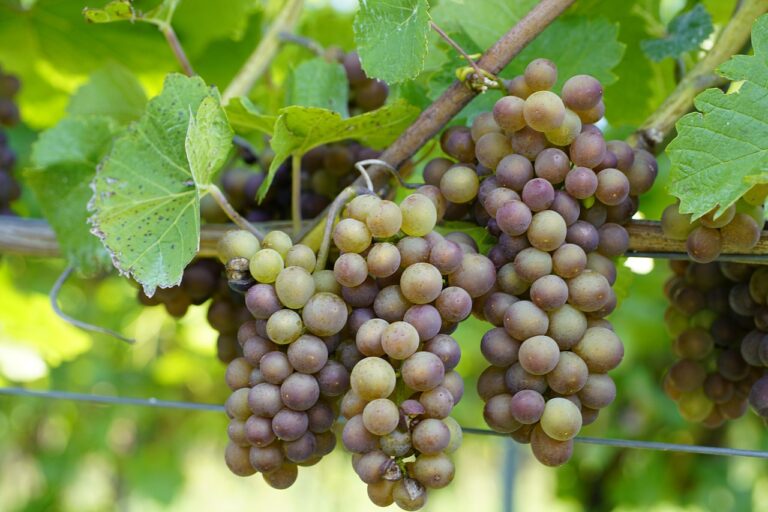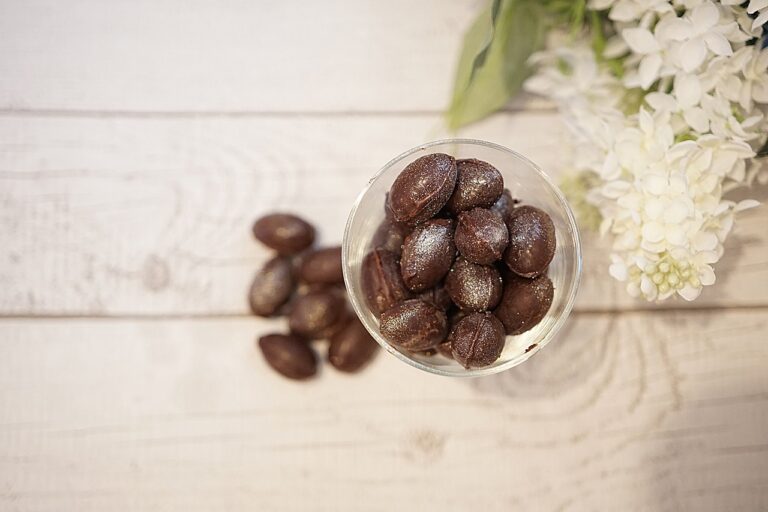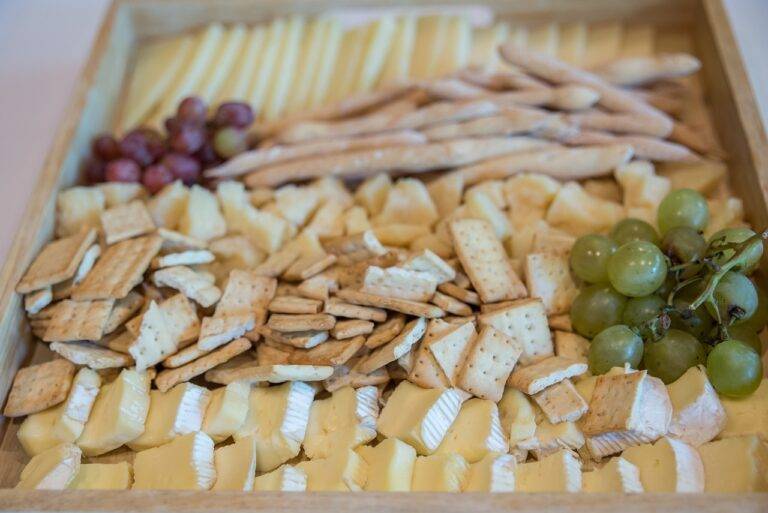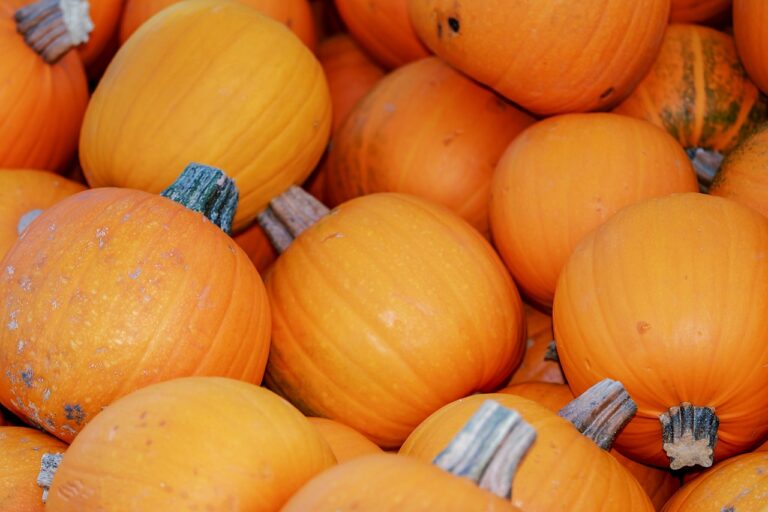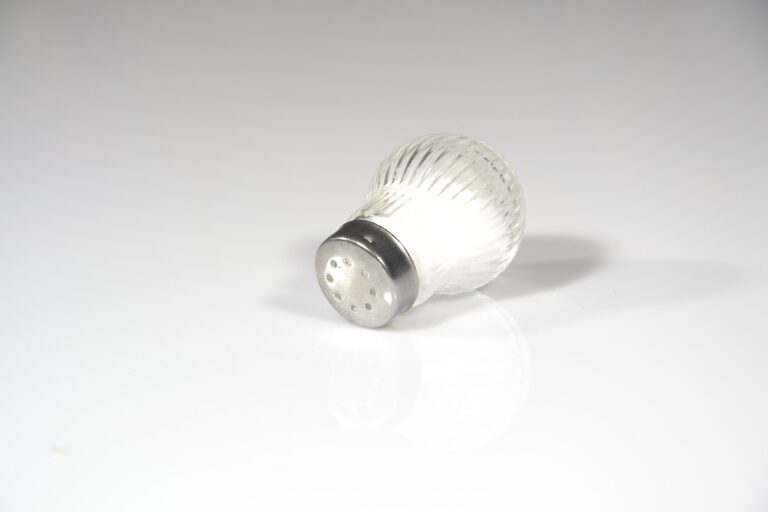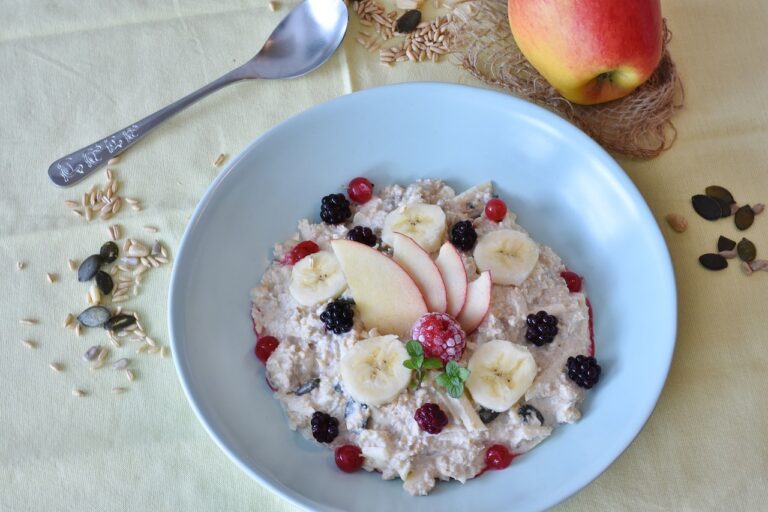Exploring the Art of Food Preservation: From Canning to Dehydrating
Humans have been preserving food for thousands of years. The ancient techniques of salting, drying, and smoking were crucial for ensuring a stable food supply during times of scarcity. These methods allowed communities to store food for extended periods, reducing waste and preventing spoilage.
In the 18th and 19th centuries, the Industrial Revolution brought significant advancements in food preservation technology. The invention of canning by Nicolas Appert in 1809 revolutionized the preservation of perishable goods, leading to the development of a more systematic approach to food storage and distribution. This breakthrough not only improved the safety and shelf life of food but also played a vital role in the expansion of global trade and the establishment of modern food industry practices.
Benefits of Preserving Food
Preserving food extends its shelf life, reducing food waste and saving money in the long run. With preserved food options readily available, individuals can maintain a well-stocked pantry with a variety of fruits, vegetables, and proteins to create nutritious meals at any time. This not only promotes a healthy lifestyle but also ensures that essential nutrients are readily accessible for consumption.
Through food preservation, seasonal produce can be enjoyed year-round, enabling a diverse and balanced diet even when certain items are out of season. Additionally, preserving food allows for greater flexibility in meal planning as preserved items can be easily incorporated into recipes without the risk of spoilage. This versatility contributes to better meal preparation efficiency and encourages creativity in the kitchen.
• Preserving food extends its shelf life, reducing food waste and saving money
• Maintaining a well-stocked pantry with preserved options allows for nutritious meals at any time
• Enjoy seasonal produce year-round with food preservation methods
• Greater flexibility in meal planning as preserved items can be easily incorporated into recipes without spoilage
• Encourages creativity in the kitchen and promotes better meal preparation efficiency
Different Methods of Food Preservation
Food preservation is a crucial practice that has evolved over centuries to ensure the availability of food beyond its harvest season. One of the most primitive methods of food preservation is drying, which involves removing moisture from food items to prevent microbial growth. This method is still widely used today for fruits, vegetables, herbs, and meats.
Another common method of food preservation is canning, where food is sealed in airtight containers to prevent the growth of bacteria, yeast, and mold. This technique extends the shelf life of various foods such as fruits, vegetables, and cooked meals. Canning requires careful sterilization of jars and lids to maintain the quality and safety of the preserved food.
What is the history of food preservation?
Food preservation has been practiced for centuries as a way to extend the shelf life of food and prevent spoilage. Ancient civilizations used methods such as drying, salting, and fermenting to preserve food.
What are the benefits of preserving food?
Preserving food helps to reduce food waste, saves money, and ensures a stable food supply during times of scarcity. It also allows for seasonal fruits and vegetables to be enjoyed year-round.
What are some different methods of food preservation?
There are several methods of food preservation, including canning, freezing, drying, pickling, and fermenting. Each method has its own advantages and is suitable for different types of food.


